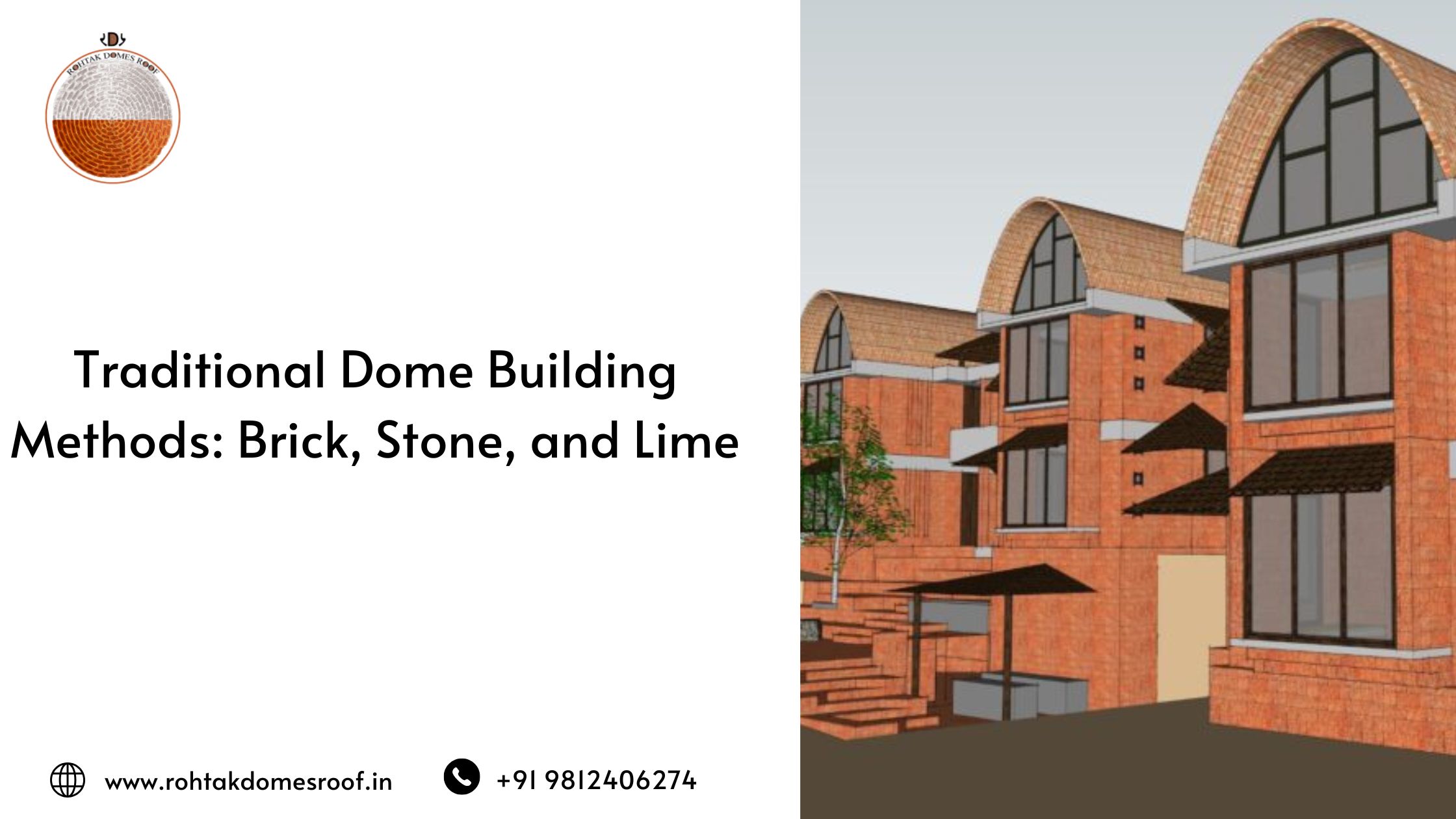
Domes have been an integral part of architectural history, offering structural stability and timeless beauty. In India, traditional dome building methods have relied on materials such as brick, stone, and lime to create durable and aesthetically appealing structures. Rohtak Domes has mastered the art of preserving these traditional techniques while incorporating modern innovations to meet contemporary standards.
Brick Construction in Dome Building
Bricks have been widely used in dome construction due to their strength and availability. Traditional brick domes involve carefully placing bricks in layers, with each layer slightly inclined toward the center. This method, known as corbelling, creates a self-supporting structure that distributes weight evenly across the dome. Bricks provide excellent thermal insulation and durability, making them a preferred choice for historical and modern dome projects.
Stone Domes for Longevity
Stone has been another essential material in traditional dome construction. Skilled artisans have used precisely cut stones to create solid dome structures that can withstand the test of time. Stone domes often feature intricate carvings and decorative elements, adding artistic value to the structure. The natural strength of stone ensures that these domes remain standing for centuries, as seen in many ancient temples and monuments across India.
Lime Mortar in Dome Construction
Lime mortar has been used as a binding material in traditional dome construction. Lime offers flexibility and breathability, allowing the structure to adjust to minor movements and environmental changes without cracking. It also has natural antibacterial properties that protect the dome from moisture damage. Lime mortar provides a strong bond between bricks or stones, contributing to the longevity of the dome.
Advantages of Traditional Dome Building Methods
- Durability: Brick, stone, and lime ensure that domes last for generations, withstanding harsh weather conditions.
- Aesthetic Appeal: Traditional domes showcase intricate craftsmanship and architectural beauty.
- Sustainability: Natural materials such as brick, stone, and lime contribute to sustainable construction practices.
- Thermal Efficiency: These materials help regulate indoor temperatures, reducing the need for artificial heating and cooling.
Preservation of Traditional Techniques
Despite technological advancements, preserving traditional dome building methods is essential to maintaining India’s rich architectural heritage. Rohtak Domes continues to uphold these practices while incorporating modern technology to enhance the strength and efficiency of dome structures.
Conclusion
Brick, stone, and lime remain the cornerstones of traditional dome construction, offering durability, beauty, and sustainability. By combining these age-old techniques with modern innovations, Rohtak Domes ensures that dome structures maintain their historical charm while meeting the demands of contemporary architecture.